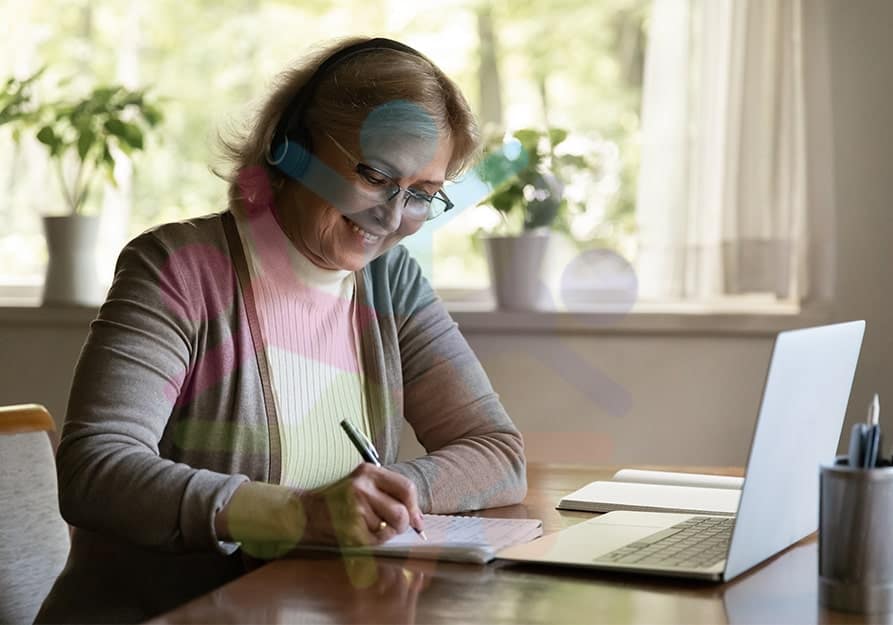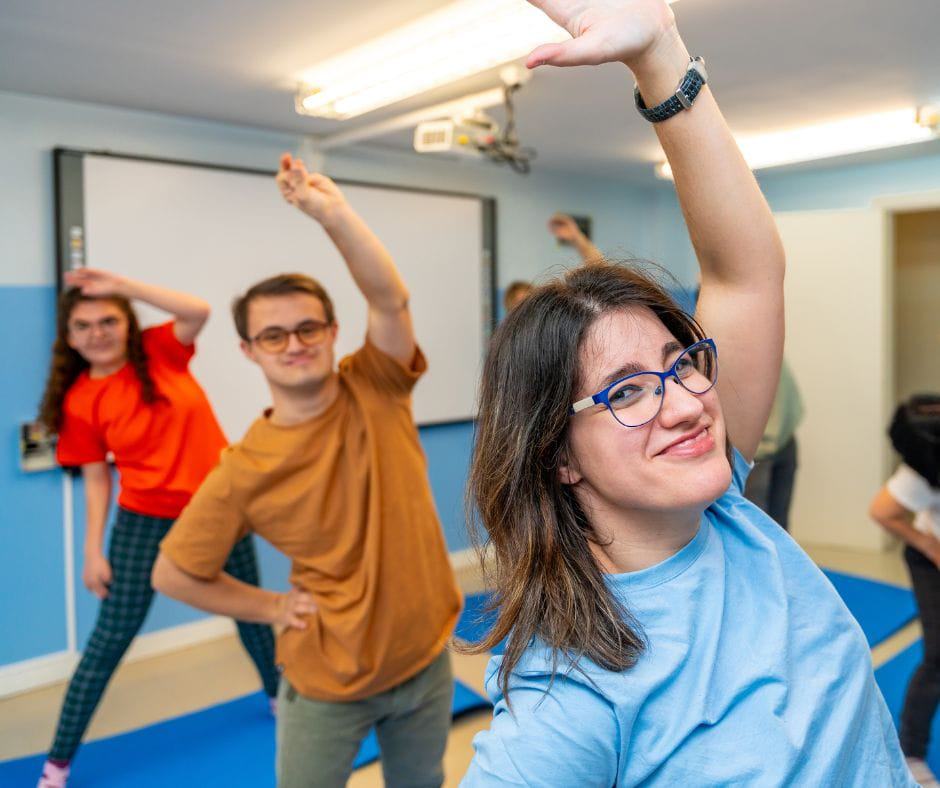How much physical activity do older adults aged 65 and over need to do to keep healthy? The amount of physical activity you need to do each week depends on your age and level of health. To stay healthy or to improve their health, older adults need to do two types of physical activity each week: aerobic and muscle-strengthening activity. Here Aged care provider OSAN imparts some important tips about physical exercise in older age.
Why Physical Activity Is Important
Physical activity has many benefits for older people. It not only helps you to feel better physically and emotionally, it:
- helps to control weight, blood pressure, cholesterol, diabetes, and bone and joint problems like arthritis)
- reduces the risk of heart disease, stroke, and some cancers
- helps to manage pain
- helps to maintain and increase joint movement
Importantly, it helps to reduce the risk of injury from falls, a major concern with ageing.
How Much Physical Activity Do You Need?
Adults aged 65 or older who are generally fit and have no health conditions that limit their mobility, should try to be active daily.
It’s recommended that adults aged 65 or older do at least 30 minutes of moderate intensity physical activity on most, preferably all days.
Some activity, however light, is better for your health than none at all — you should aim to do something, no matter what your age, weight, health problems, or abilities.
Moderate-Intensity Aerobic Activity:
Moderate-intensity aerobic activity means you’re working hard enough to raise your heart rate and break a sweat. One way to tell if you’re working at a moderate intensity is if you can still talk but can’t sing the words to a song.
Examples of activities that require moderate effort for most people include:
- Walking Fast
- Doing Water Aerobics
- Ballroom and Line Dancing
- Riding A Bike on Level Ground or With A Few Hills
- Playing Doubles Tennis
- Pushing A Lawn Mower
- Canoeing
- Volleyball
Daily activities such as shopping, cooking, or housework don’t count towards your daily 30 minutes of moderate-intensity activity. This is because the effort required isn’t hard enough to increase your heart rate.
However, it’s important to minimise the amount of time you spend sitting watching TV, reading, or listening to music. Some activity, however light, is better for your health than none at all.
Vigorous-Intensity Aerobic Activity:
Vigorous-intensity aerobic activity means you’re breathing hard and fast, and your heart rate has gone up quite a bit. If you’re working at this level, you won’t be able to say more than a few words without pausing for a breath, and you should stop if you feel unwell.
The Australian Physical Activity Guide for Older Australians doesn’t recommend you exercise to this level, but it’s OK if you do. If you have enjoyed a lifetime of vigorous physical activity, you should carry on doing it in a way that suits you now, provided you stick to recommended safety procedures and guidelines.
Muscle-Strengthening Activity:
Muscle-strengthening exercises are counted in repetitions and sets. A repetition is 1 complete movement of an activity, like lifting a weight or doing a sit-up. A set is a group of repetitions.
For each activity, try to do 8 to 12 repetitions in each set. Try to do at least 1 set of each muscle-strengthening activity. You’ll get even more benefits if you do 2 or 3 sets.
To gain health benefits from muscle-strengthening activities, you should do them to the point where you find it hard to complete another repetition.
There are many ways you can strengthen your muscles, whether at home or in the gym. Examples of muscle-strengthening activities include:
- Carrying or moving heavy loads such as groceries
- Activities that involve stepping and jumping such as dancing
- Heavy gardening, such as digging or shovelling
- Exercises that use your body weight for resistance, such as push-ups or sit-ups
- Yoga
- Lifting weights
Make a time to do specific strength exercises 2 or 3 times a week, and build some of them into your everyday activities.
Data courtesy: www.healthdirect.gov.au
Regards: OSAN Ability Assist










